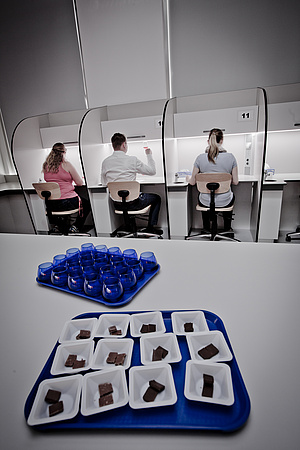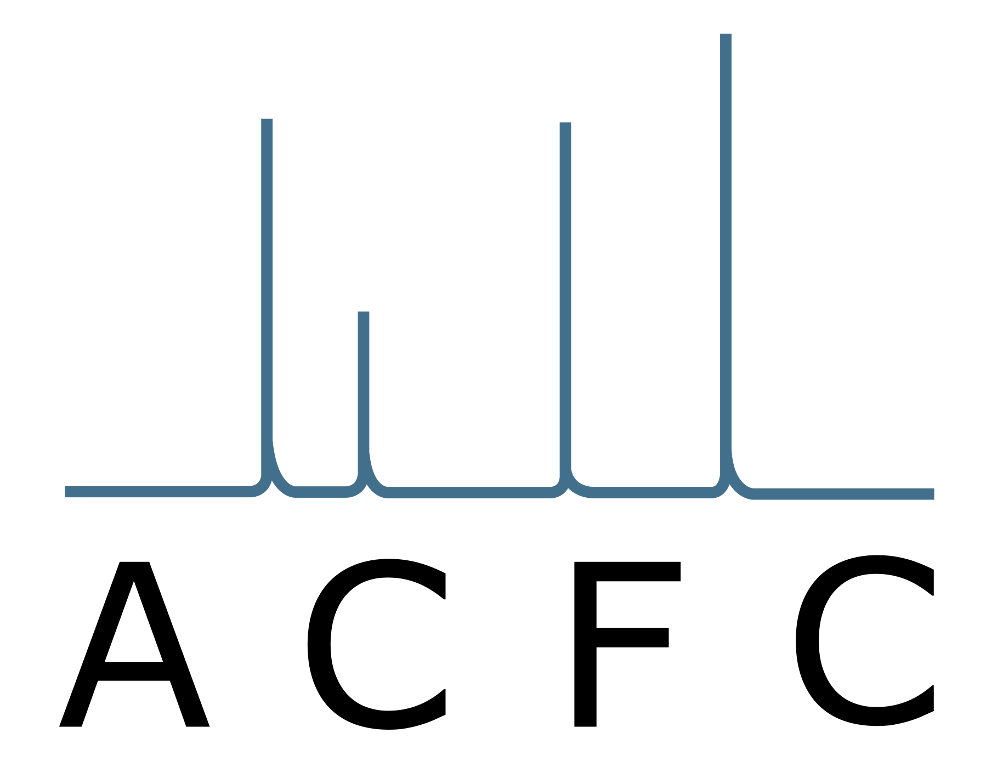Sensory Science

Sensory science has developed to be an interdisciplinary research field coping with human perception and the (emotional) reactions by humans on a product. This research field ranges over many different disciplines like food science, nutrition and health sciences, neurophysiology and neuropsychology, chemoreception, psychophysics, physiology psychology of perception, consumer science and many other adjacent disciplines.
The sensory evaluation of food is an acknowledged technique to evaluate the sensory properties mainly of food and food ingredients, but also of non-food material (e.g. packaging material, pet food, cosmetics, and cigarettes) by using the human senses. Within sensory evaluation, we traditionally differentiate between the analytic approach (evaluation of the investigated matrices by specifically trained panelists) to investigate specific sensory attributes and intensities of products, and the hedonic approach (evaluation by untrained panelists – consumers) to receive information on for example liking of products or consumer behavior.
In our lab we focus on the analytic approach with highly trained panelists. At present, a panel consisting of 15 highly trained panelists is available. All panelists fulfill the requirements given by the respective DIN or EN ISO standards. Due to their long standing experience in the panel, they show high experience on food and non-food matrices as well as on different sensory techniques. Sensory evaluation is performed in a sensory lab equipped with 15 tasting booths. Data acquisition is in most cases performed electronically by using the ‘Compusense’ or ‘Red Jade’ sensory software packages. Frequently used techniques are descriptive analysis, differentiation and ranking procedures, quantitative descriptive analysis QDA, projective mapping with ultra flash profiling, IN-Out test especially for off-flavour determination, BET (best estimate threshold) test, as well as specific test designs that are required by the packaging industry.
In addition, a consumer panel is available for hedonic questions (approx. 300 persons available via our panelist database).
